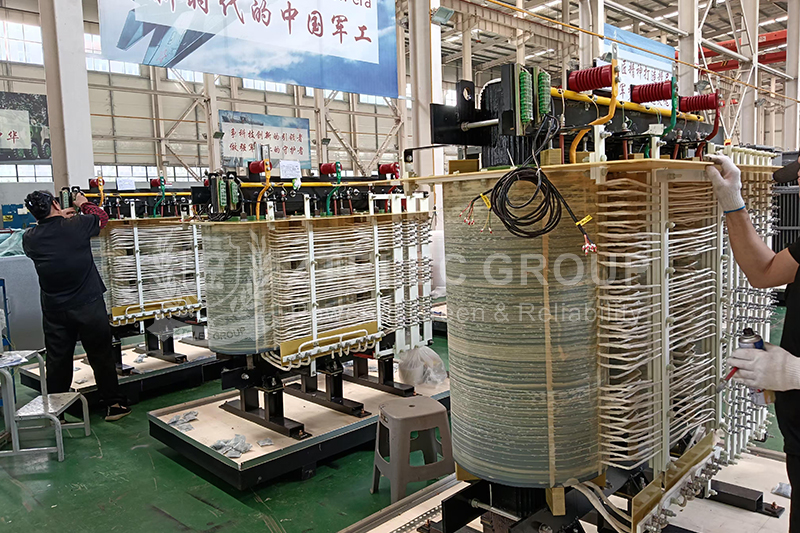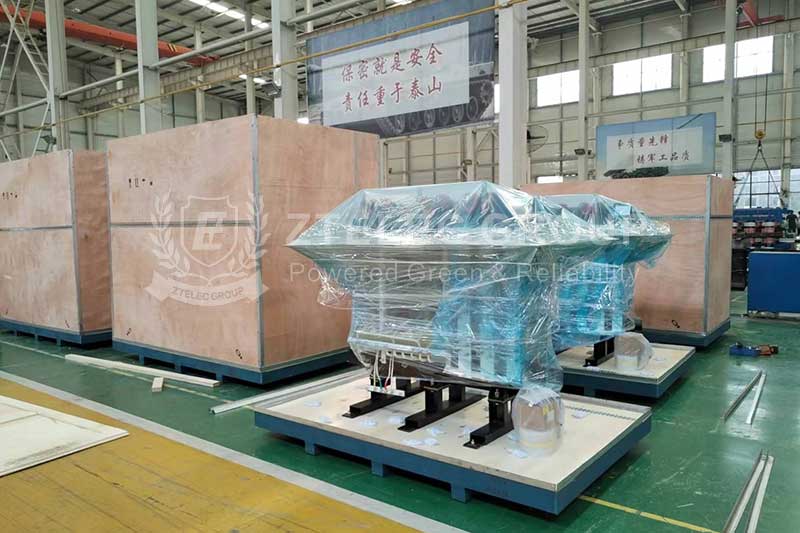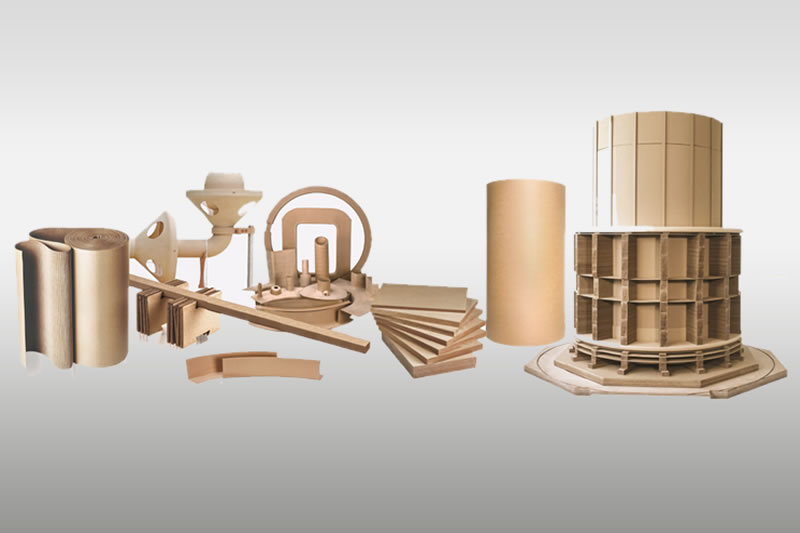50 tons of diamond dotted paper and DMD insulating paper delivered to Philippines
Below is the diamond dotted paper and DMD insulating paper to be sent to the Philippines.

Diamond dotted paper is widely used in inter-layer insulation and turn insulation of oil-immersed power transformers. When used, the coating begins to melt at a certain temperature in the drying process of the coil, resulting in adhesion. As the temperature rises, it begins to solidify again, so that the adjacent layers of the winding are reliably bonded into a fixed element. The bonding strength of epoxy resin is sufficient to prevent the displacement of each winding layer during short circuit, thus ensuring the long-term mechanical and electrical properties of the insulating structure.
DMD epoxy prepreg insulating paper is widely used in modern industry. It is a kind of material formed after calendering and has good insulation. This kind of material is used in many industries in China at present. In addition, prepreg DMD film has good high temperature resistance and fire resistance, and can be combined with many materials to form composite materials. DMD insulating paper has the characteristics of fire resistance, good insulation, smooth appearance and easy storage.

ZTelec Group is a professional ddp insulation paper and DMD insulating paper manufacturer. The product quality is well guaranteed, and the price is very reasonable. If you have this demand, you can consult us at any time.
- more+releated article
- 2026-01-04Common Power Transformer Faults: Causes, Solut
- 2025-12-312026 New Year Holiday Notice
- 2025-12-31Operation, Maintenance, and Service Life Manag
- 2025-12-30How to Select a 100 kVA–500 kVA Distribution
- 2025-12-29The Impact of NHN NMN Composite Insulation on
- 2025-12-26Practical Application of GPO-3 Insulation Boar
- 2025-12-2510kV Transformer Replacement Timeline: Install
- 2025-12-25Low Smoke EN45545 GPO3 UPGM203 Laminated Board
- 2025-12-24Merry Christmas — ZTelecgroup Christmas Cele
- 2025-12-24How to Select a Suitable 50kVA–500kVA Distri





